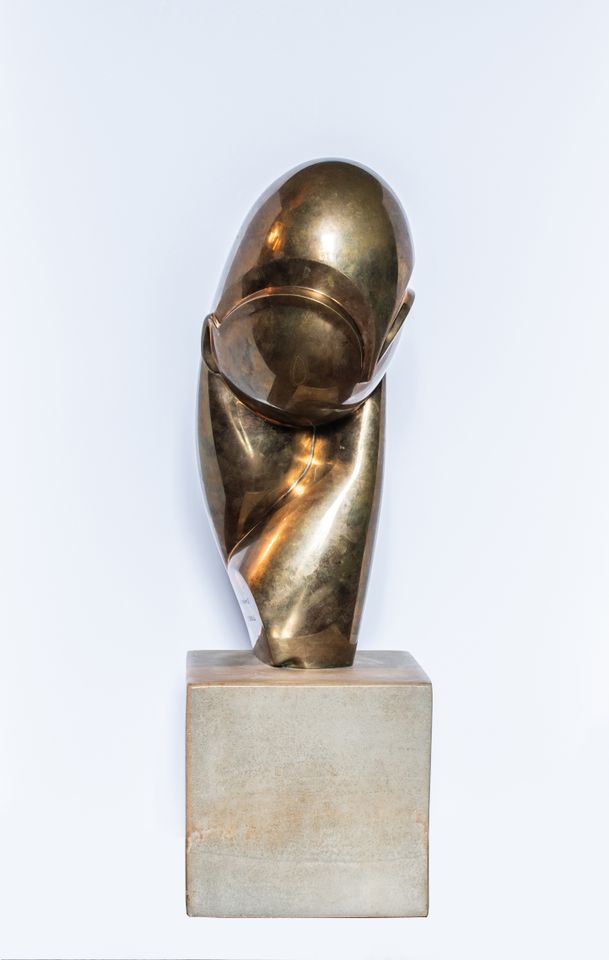This Week in the Art World: Tensions come to a boil on the ongoing Sackler controversy, a disrupted Whitney Biennial, climate change and the Sotheby’s acquisition
As the Artvisor HQ braces for the upcoming heatwave about to hit London, we are pleased as always to run you through the biggest news stories of the art world this week.
Key issues at the forefront of public consciousness over the last year are coming to a boil, beginning with the unprecedented announcement of the Louvre to remove the Sackler name from their museum walls.

Amidst further protests regarding the high-profile Sackler family and its links to major art institutions, the Louvre has taken the step to remove or cover signs and plaques honouring a donation from the family to the museum. They are the first major museum to remove its public association with the family. Members of the Sackler family own Purdue Pharma, the maker of OxyContin, a frequently abused painkiller that is associated with the opioid crisis in the United States. This follows a series of announcements earlier this year from cultural institutions including the British National Gallery and the Solomon R. Guggenheim Museum in New York that they will no longer accept further donations from the family. While the Louvre is the first to make a move to alter past philanthropy, and references to the “Sackler Wing” of Persian and Levantine artefacts have been covered with grey tape, it stops short of publicly renouncing their connection to the family. Whether the museum will rename the Wing remains an open question, but sets a paradigmatic example for other major institutions. [via The New York Times and Yahoo]

Elsewhere, mounting pressure against the board of Directors of the Whitney Museum of American Art, New York, has resulted in a total of eight artists withdrawing from the museum’s Biennial over board member Warren B. Kanders’ ties to the sale of military supplies and tear gas. Korakrit Arunanondchai, Meriem Bennani, Nicole Eisenman and Nicholas Galanin withdrew on Friday whilst Eddie Arroyo, Agustina Woodgate, Christine Sun Kim and most recently London-based Forensic Architecture followed suit over the weekend. Kanders owns the Safariland Group, which distributes law-enforcement equipment that has allegedly been used against civilians at the United States-Mexico border during protests. This turbulence has begun months leading up to the Biennial’s opening in mid-May, where two-thirds of the original 75 participating artists signed a letter calling for the removal of Kanders as vice chairman of the board. [via The New York Times]

Other landmark decisions this week include the Tate’s announcement of their commitment to reduce its carbon footprint by 10 percent within four years. In a press release, the directors of the Tate galleries across the UK jointly recognised a climate emergency and revealed an ambitious plan to improve their commitment to sustainability. The Tate has often been at the forefront of issues surrounding climate change, notably at the end of 2018 where artist-activist Olafur Eliasson and Minik Rosing installed twenty-four blocks of ice from Greenland in front of the museum in a statement about the climate emergency. [via the Tate]
The commercial art world is also seeing similar shake-ups. Sotheby’s investors Eli Goffmna and Shiva Stein have sued the auction house in New York, in an attempt to block BidFair USA’s purchase of the auction house. According to a Bloomberg report, the shareholders are claiming ‘incomplete misleading disclosures about the deal.’ BidFair USA is owned by collector and businessman Patrick Drahi, who announced his planned purchase of the auction house last month, which would take the company private thereby ending 31 years of public ownership. [via Artnews and Bloomberg]
New York sees further legal furore, with a collector filing a $200m lawsuit against a lawyer who he claims duped him into selling a Brancusi sculpture for only $100,000. Filed last week by the collector Stuart Pivar, the lawsuit contends that the lawyer John McFadden, who represented himself as a trustee of the Philadelphia Museum of Art, carried off the sculpture Mademoiselle Pogany II while pledging to pursue a higher-value sale for Pivar with the Philadelphia museum or Christie’s. [via The Art Newspaper (paywall)]


